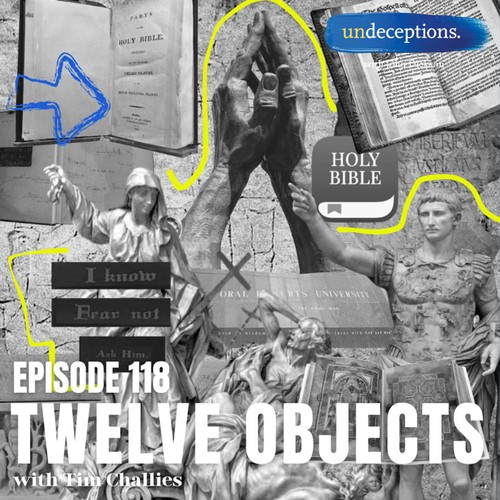
 Undeceptions with John Dickson
Undeceptions with John Dickson 118. 12 Objects
Dec 31, 2023
Discover the tangibility of Christianity through 12 key objects, including the Augustus Prima Porter statue, the Historical Dispute and the Nicene Creed, the Book of Kells, a well-worn Bible, Amy Carmichael's wooden plaques, and Christian believers in a cultural minority.
Chapters
Transcript
Episode notes
1 2 3 4 5 6 7
Introduction
00:00 • 5min
The Augustus Prima Porter Statue
05:18 • 11min
The Historical Dispute and the Nicene Creed
16:36 • 4min
The Book of Kells and its Significance in Christianity
20:48 • 15min
A Well-Worn Bible and Ads for Anglican Aid and Wheaton College
35:28 • 4min
Amy Carmichael and the Wooden Plaques
39:28 • 22min
Christian Believers in a Cultural Minority
01:01:13 • 3min
